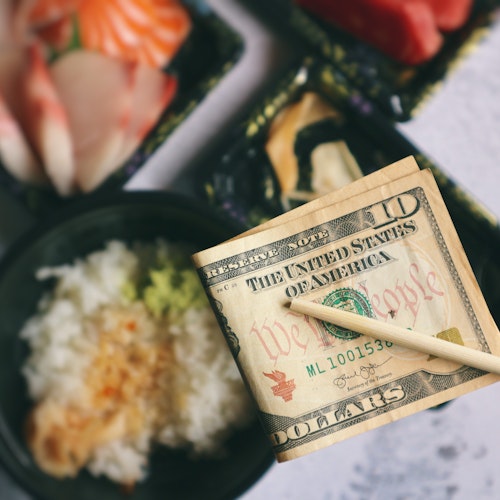Cultural Treasures: 10 Best Museums to Visit in Tokyo

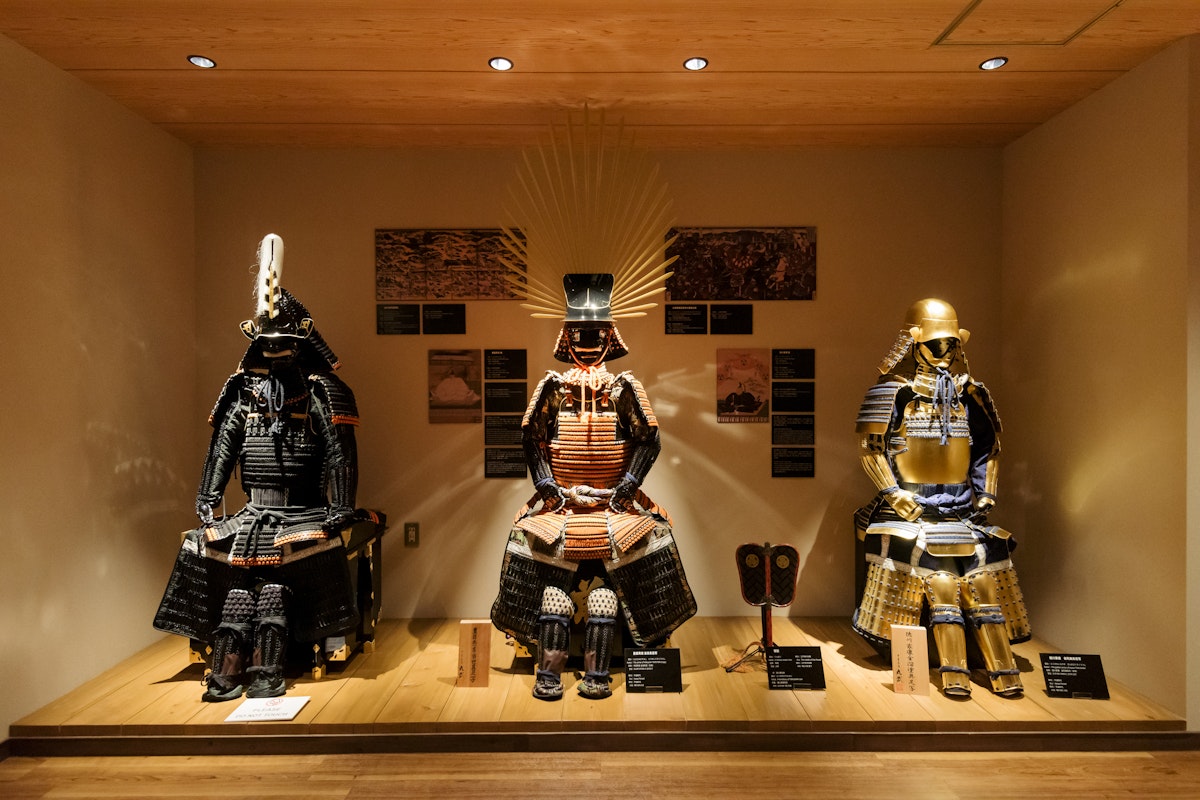
Tokyo, a city renowned for its vibrant culture and rich history, is a treasure trove for museum enthusiasts. From the iconic Tokyo National Museum to the contemporary wonders of the Mori Art Museum, the city offers diverse experiences for those keen to dive into the world of art, history, and innovation.
This article will explore the top museums in Tokyo that should be on every visitor's list.
The Best Museums to Visit in Tokyo
Tokyo National Museum

The Tokyo National Museum is an essential destination for those interested in Japanese art and history. As Japan's oldest and largest museum, it houses a comprehensive collection of art and archeological artifacts from Japan and other Asian countries.
With its extensive array of national art treasures and important cultural properties, the museum offers an unparalleled insight into the rich tapestry of Japanese history. The Tokyo National Museum (TNM) is an exceptional institution delving deeply into Japanese culture and history.
Japan's oldest museum holds a distinguished position in the cultural landscape. The museum's exhibits showcase an extensive and comprehensive collection, highlighting the rich artistic heritage of Japan.
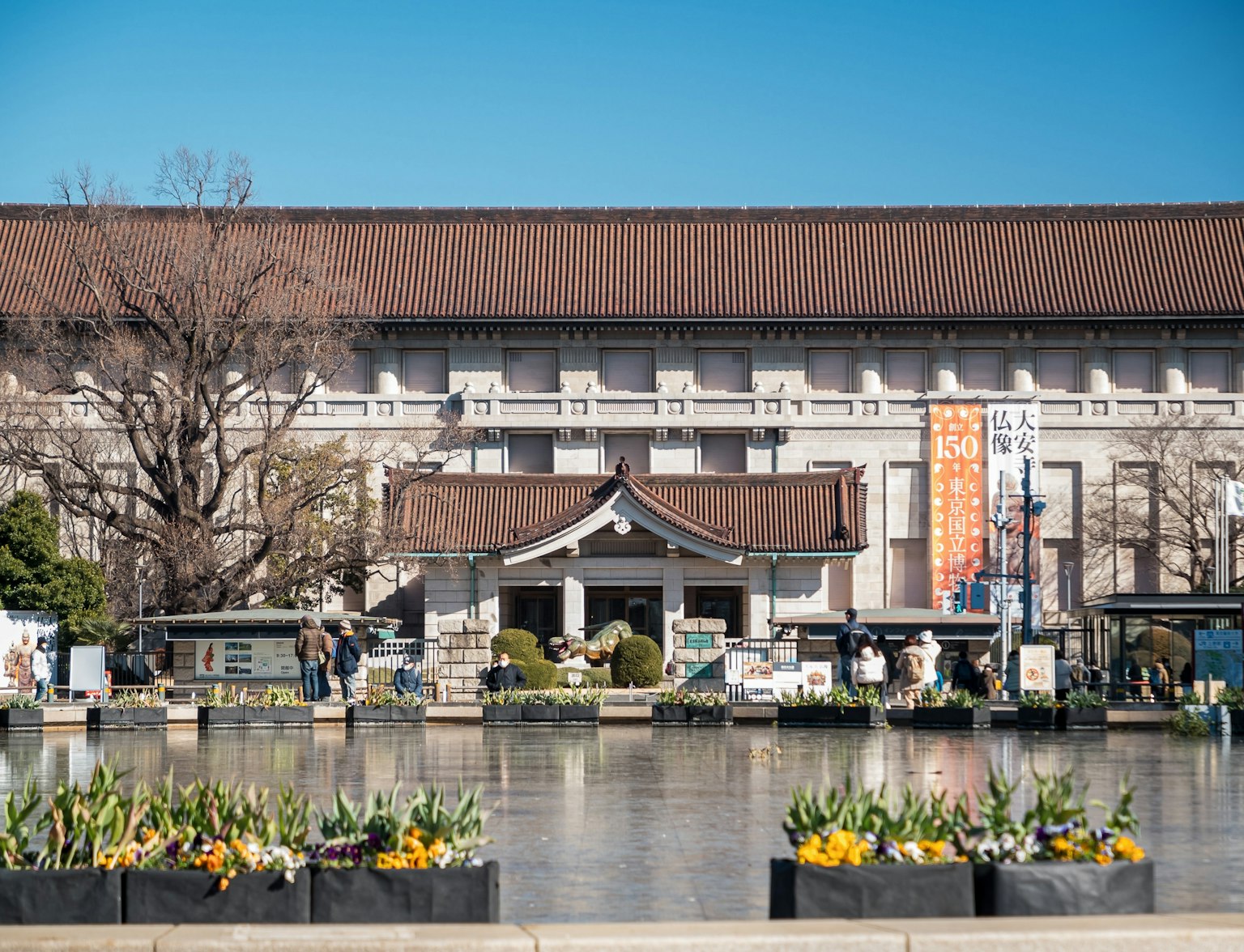
Visit Tokyo National Museum, which boasts a vast collection of historical art.
Not limited to local treasures, TNM also features artifacts from various parts of Asia, providing a broader context. This museum is more than just an art repository; it is a beacon of knowledge about Japanese culture and history.
Each exhibit in TNM is carefully curated to convey the evolving narrative of Japan. The Tokyo National Museum thus offers visitors an extraordinary journey through time, celebrating the enduring legacy of Japanese and Asian civilizations.
Address: 13-9 Uenokoen, Taito City, Tokyo 110-8712, Japan.
Mori Art Museum
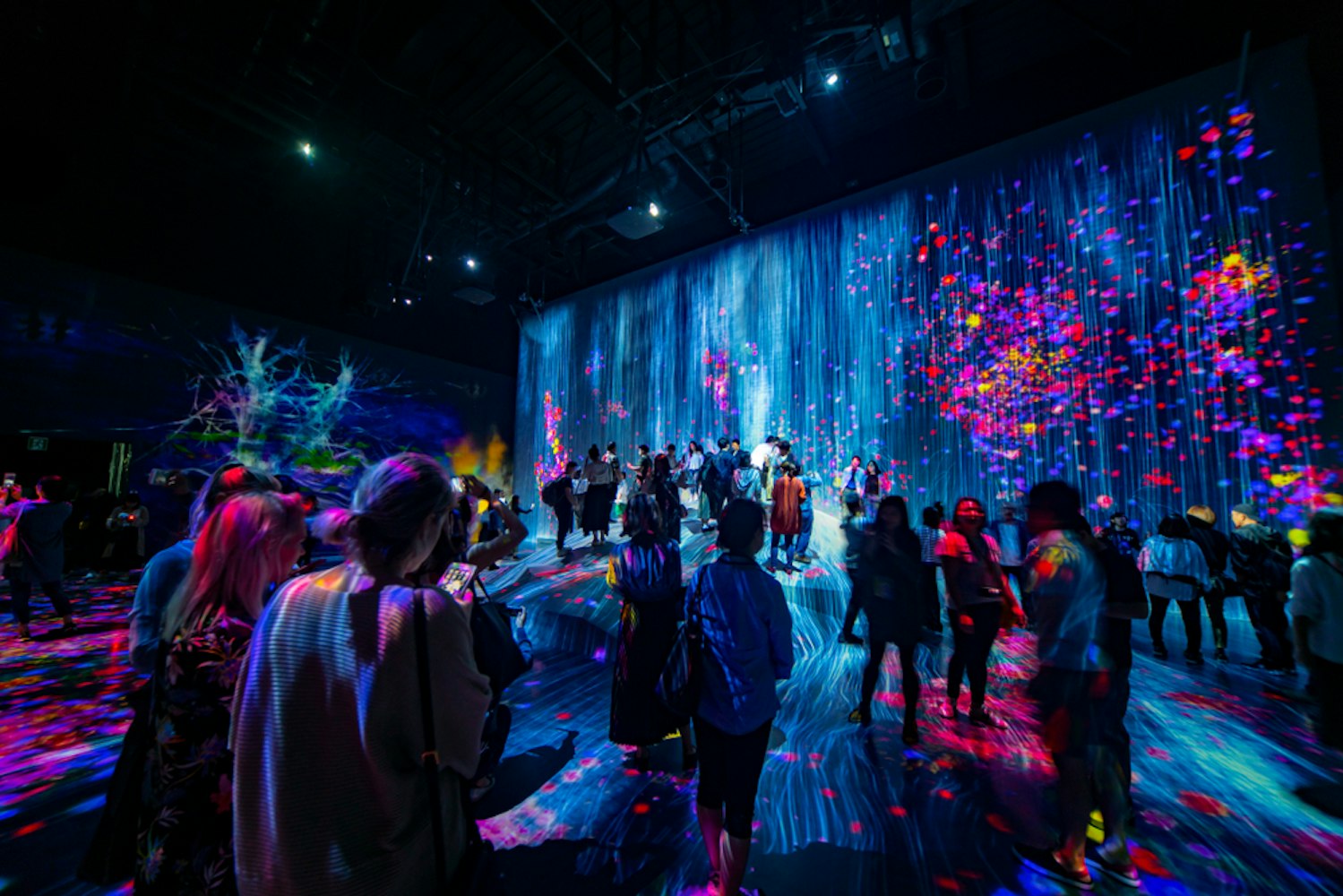
Mori Art Museum is renowned for its focus on contemporary art. It hosts several high-profile exhibitions annually, showcasing modern art from Japan and worldwide.
With its emphasis on cutting-edge contemporary art, the museum is a must-visit for enthusiasts looking to experience the dynamic nature of the modern art scene. The Mori Art Museum, situated atop the Roppongi Hills Mori Tower on the 53rd floor, is a beacon of contemporary art.
It showcases various genres, including fashion, architecture, design, photography, and video. This contemporary art museum is renowned for its modern art exhibitions.
It holds a unique position in the art world with its global perspective. The museum presents an array of cutting-edge visual arts from around the world.
Its focus extends to architecture, design, and various other creative practices. Its distinct vantage point offers an innovative outlook on the international art scene.
Address: Japan, 〒106-6150 Tokyo, Minato City, Roppongi, 6 Chome−10−1, Roppongi Hills Mori Tower, 53階.
The National Art Center Tokyo
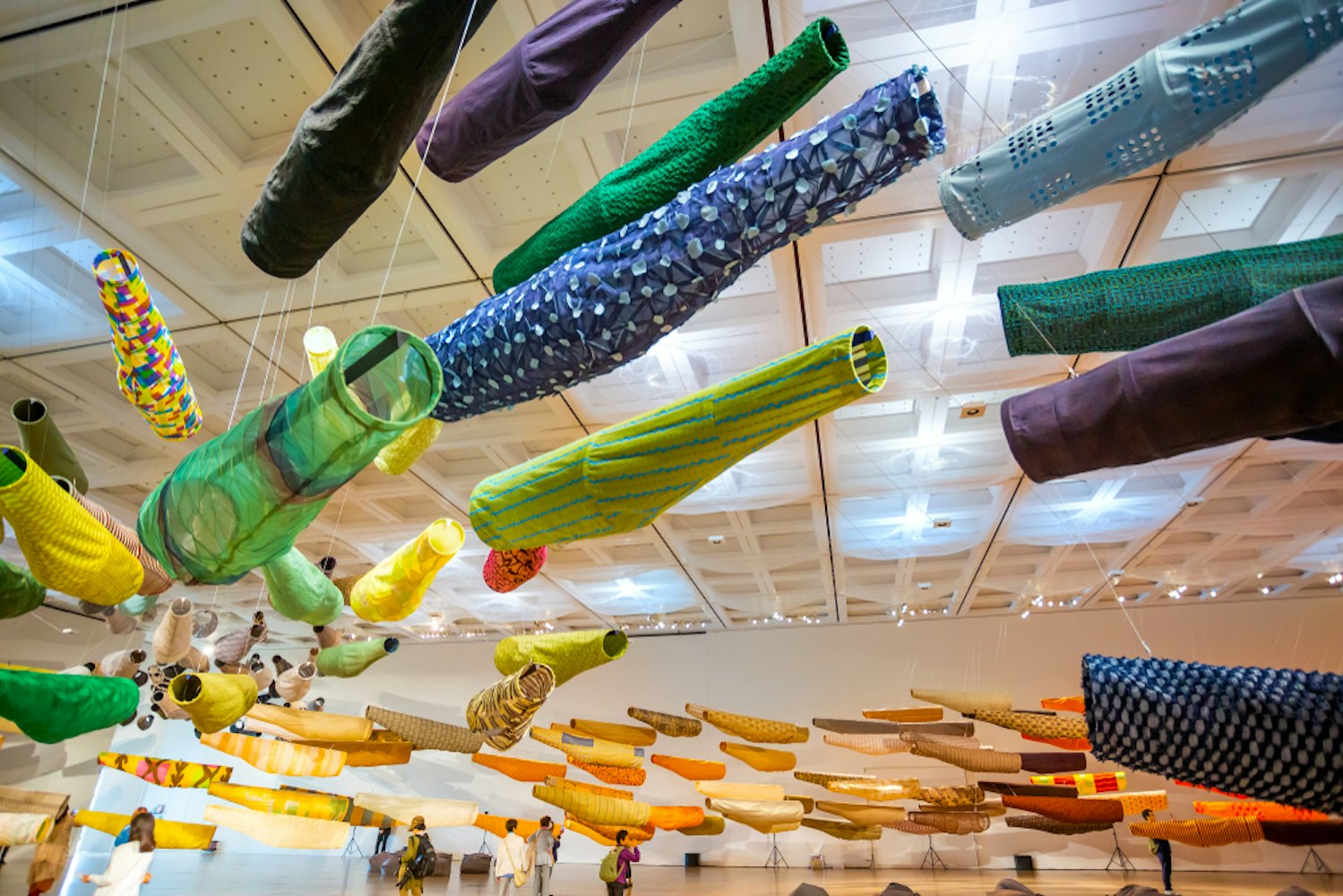
With its impressive wavy glass façade, this unique museum stands out in the Tokyo art scene. Unlike traditional museums, it has no permanent collection but hosts rotating exhibitions in expansive spaces.
The National Art Center is an architectural marvel and a hub for art lovers, featuring a wide range of art from both Japanese and international artists. The National Art Center, Tokyo (NACT) is renowned for its expansive art exhibition space, one of the largest in Japan, encompassing 14,000 square meters.
It is not just an exhibition venue; the center plays a pivotal role in collecting and providing access to art-related information and resources. Public accessibility to these resources is critical to the NACT's mission.
Additionally, the center is actively involved in running various educational programs. These programs enhance the public's understanding and appreciation of art.
The NACT also hosts a variety of public programs, contributing to the cultural landscape of Tokyo. Through these initiatives, the center fosters a rich, engaging art experience for visitors and enthusiasts alike.
Address: Japan, 〒106-8558 Tokyo, Minato City, Roppongi, 7 Chome−22−2 国立新美術館.
Nezu Museum
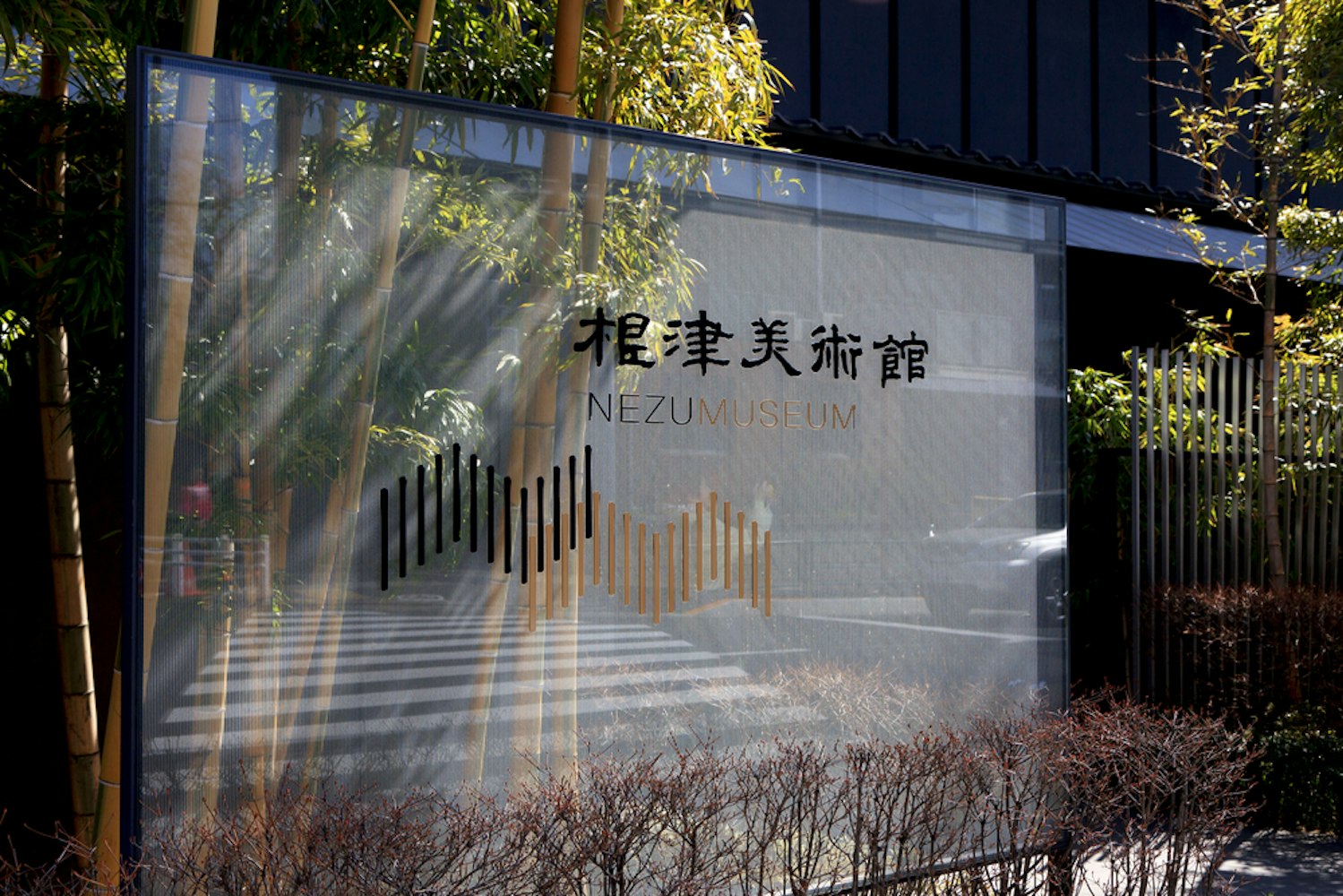
Nestled in a serene garden setting, the Nezu Museum is a gem for those interested in traditional Japanese and East Asian art. Its collection includes a variety of paintings, ceramics, textiles, and other art forms.
The museum building is a fine example of Japanese architecture, harmoniously blending with the natural beauty of its garden. The Nezu Museum, located in Minami-aoyama, Tokyo, is a premier destination for those interested in Japanese and Asian premodern art.
It proudly houses a vast and diverse collection, deepening the region's artistic traditions. This esteemed collection comprises over 7,400 works, each telling a unique story.
The museum's foundation is rooted in the generous bequest of a significant private collector. This legacy has enabled the Nezu Museum to showcase an array of historical and cultural treasures.
Visitors to the museum can immerse themselves in the rich tapestry of Asian art history. The Nezu Museum thus serves as a critical cultural landmark in Tokyo, preserving and displaying the legacy of premodern Asian art.
Address: 6 Chome-5-1 Minamiaoyama, Minato City, Tokyo 107-0062, Japan.
Ghibli Museum

For fans of Japanese animation, the Ghibli Museum in Mitaka is a magical destination. Dedicated to the works of Studio Ghibli, it offers a whimsical journey through the art and animation of Hayao Miyazaki and his team.
The museum's unique design and playful exhibits make it a delightful experience, especially for young ones. Located in Tokyo, Japan, the Ghibli Museum stands as a multi-story mansion dedicated to the art of Studio Ghibli, a renowned Japanese animation studio.
This unique museum beautifully intertwines various elements, making it an exceptional destination. It is part of a children's museum, inviting younger audiences to explore and learn.
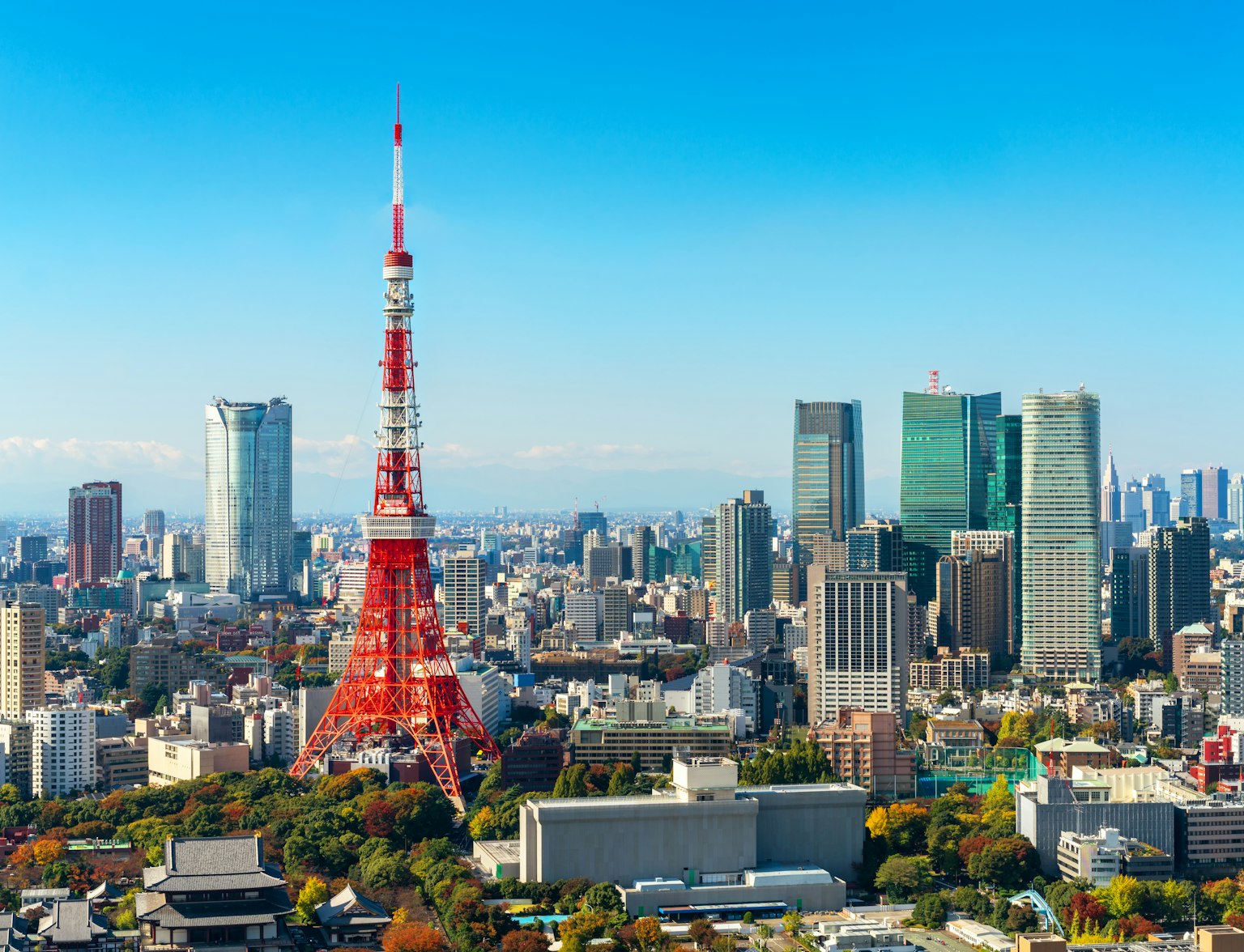
Visit Ghibli Museum with a chartered vehicle.
Simultaneously, it functions as a technology museum, showcasing the technical prowess behind the beloved animations. Additionally, the museum holds the essence of a fine arts museum, celebrating the artistic achievements of Studio Ghibli.
Visitors are treated to a blend of imaginative displays and educational exhibits. The Ghibli Museum thus serves as a testament to the studio's legacy in animation and art.
Address: 1 Chome-1-83 Shimorenjaku, Mitaka, Tokyo 181-0013, Japan.
Suntory Museum of Art

Located in Tokyo Midtown, the Suntory Museum of Art focuses on traditional Japanese art and its intersection with modern life. The museum's collection includes fine crafts, ceramics, and textiles, often displayed in thematic exhibitions that blend the old with the new.
The Suntory Museum of Art is a distinguished cultural institution in Tokyo Midtown, Roppongi. This museum specializes in Japanese art and boasts many traditional art forms.
Its diverse collection encompasses paintings, ceramics, lacquerware, and exquisite glassware. The museum also features an impressive selection of dyeing and weaving artworks.
Within its walls, the museum houses approximately 3,000 unique objects. Among these treasures is one item classified as a National Treasure of Japan.
Additionally, the collection includes 15 pieces designated as Important Cultural Properties. This museum is a testament to the richness and diversity of Japanese artistic heritage.
Address: Japan, 〒107-8643 Tokyo, Minato City, Akasaka, 9 Chome−7−4 東京ミッドタウン ガレリア 3階.
Edo-Tokyo Museum
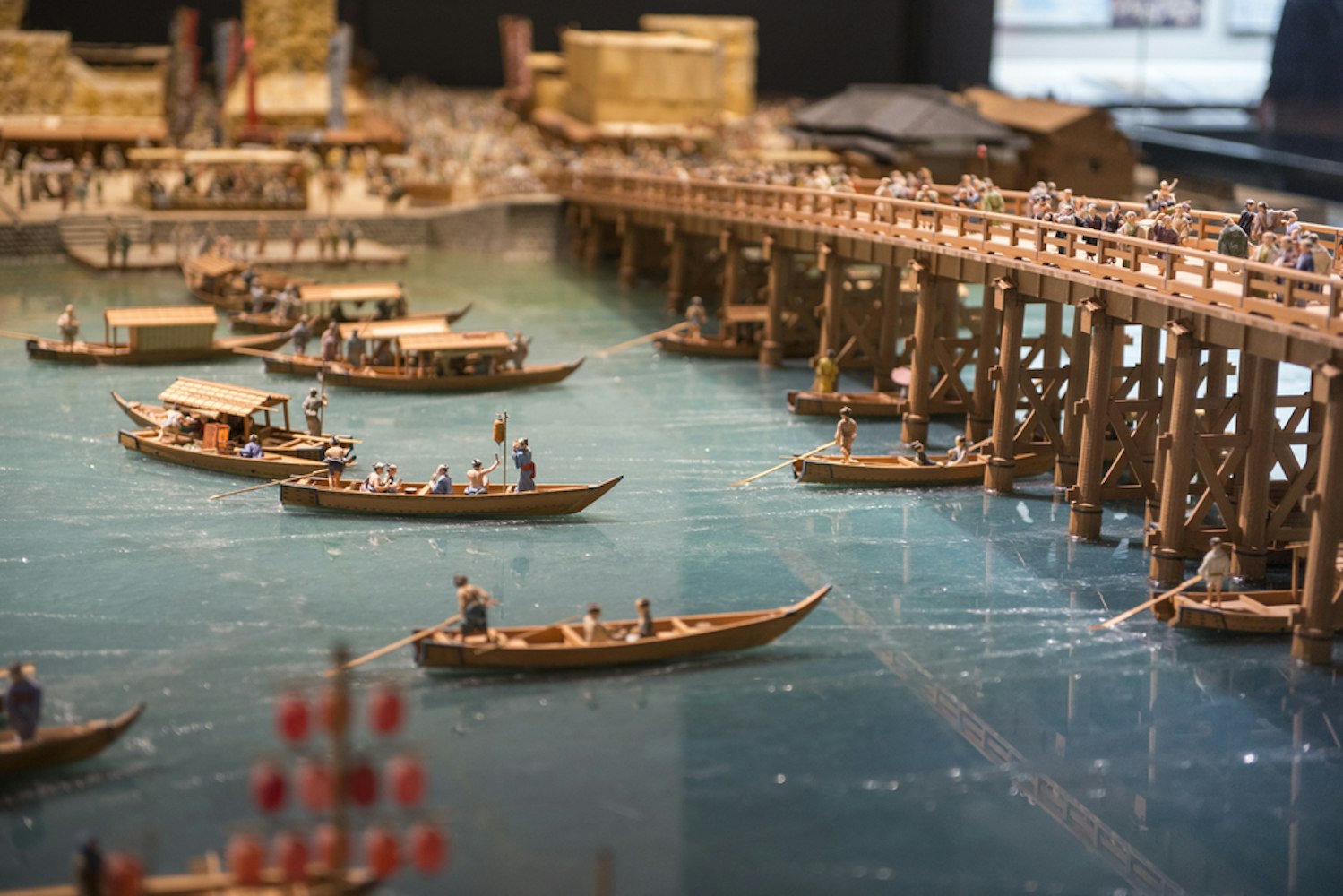
This museum provides a fascinating look into Tokyo's past, especially during the Edo period. With detailed models, life-sized replicas, and interactive exhibits, visitors can explore the historical transformation of Tokyo from a small fishing village into a bustling metropolis.
The Edo-Tokyo Museum specializes in the urban history of Tokyo. It showcases the evolution of the city's life, culture, and history starting from the 1600s.
The museum's focus extends to contemporary times, providing a comprehensive view of Tokyo's development. Located within the museum, the permanent exhibition area is a highlight.
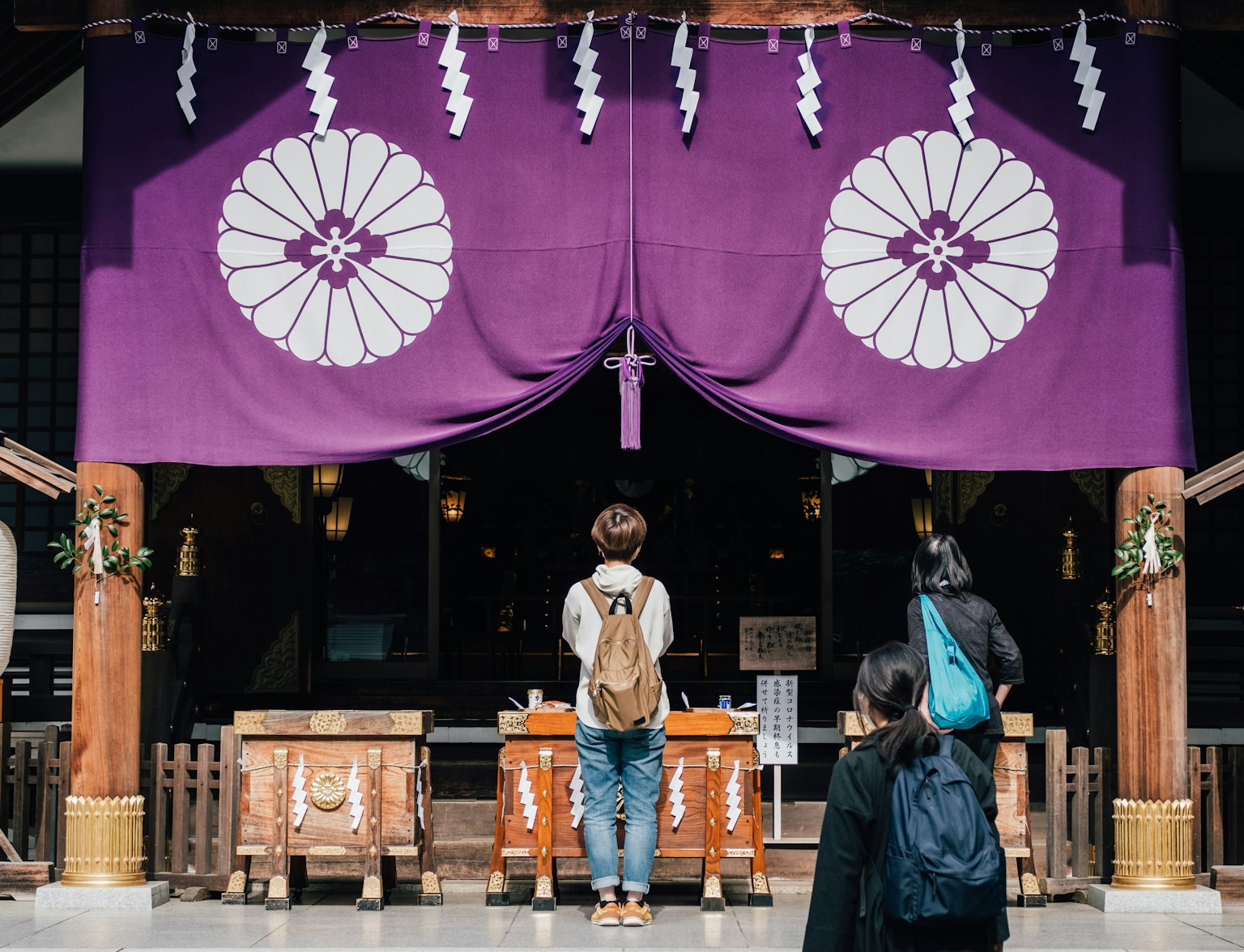
Explore the Edo-Tokyo Museum which features exhibits on the history and culture of Tokyo during the Edo period.
This exhibition is spread across the 5th and 6th floors of the building. Covering an impressive area, it occupies almost 100,000 square feet.
Through its expansive displays, visitors can explore the transformation of Tokyo. The museum offers an immersive journey through the past and present of this dynamic city.
Address: 1 Chome-4-1 Yokoami, Sumida City, Tokyo 130-0015, Japan.
21_21 Design Sight
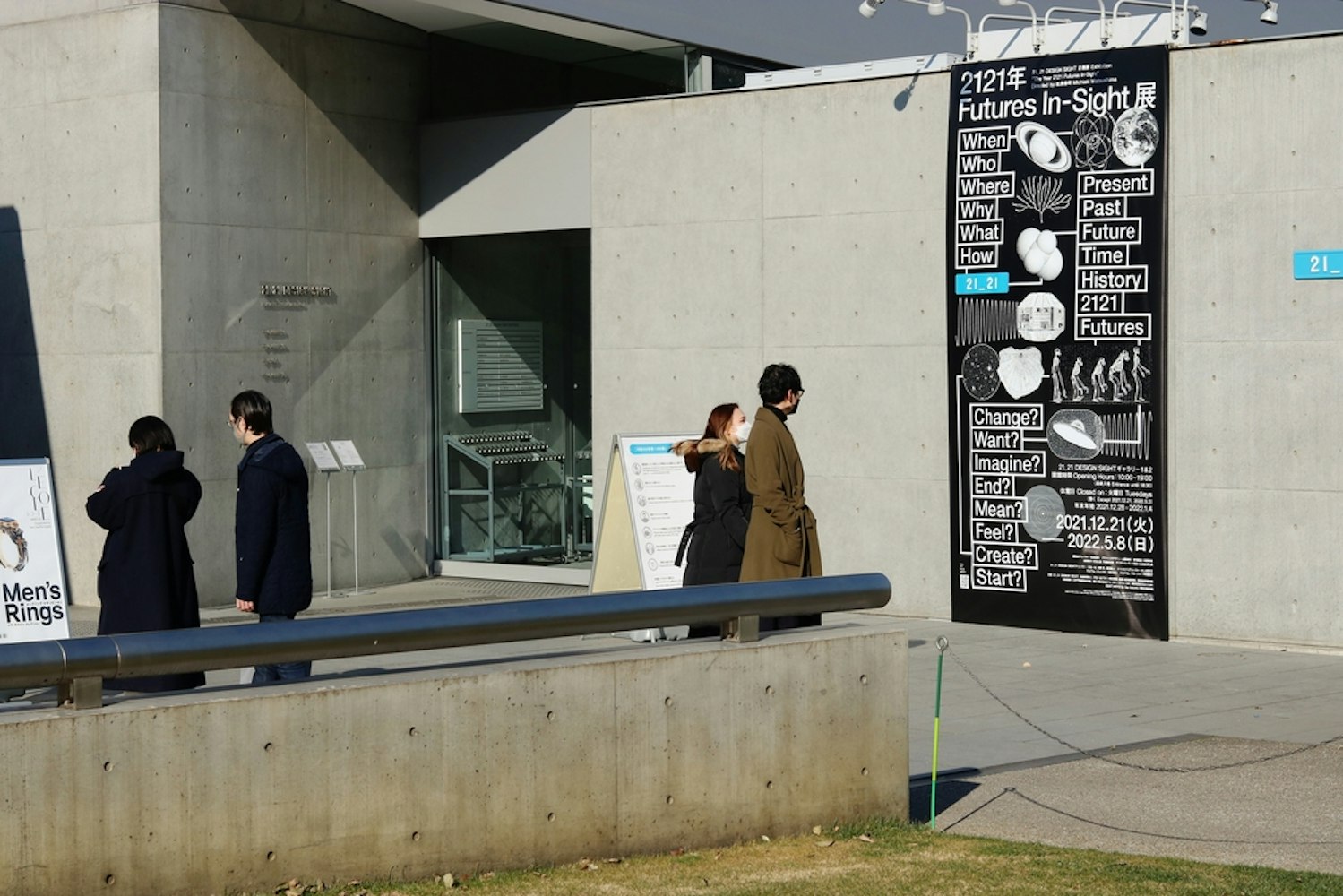
Co-founded by fashion designer Issey Miyake, this museum in Roppongi is dedicated to design in all its forms. Its exhibitions focus on the influence of design on everyday life and its potential to solve societal problems.
The 21_21 Design Sight Museum, located in Tokyo, Japan, represents a significant landmark in the design world. This unique institution was created through the collaborative efforts of Issey Miyake, a highly acclaimed fashion designer, and Tadao Ando, an internationally renowned architect.
The concept behind the museum's creation stemmed from their shared vision. Officially opening its doors to the public in March 2007, the museum has become a pivotal point for design enthusiasts.
Its founding was driven by the desire to showcase the profound impact of design on daily life and society. The museum's establishment marked a new chapter in the intersection of design, art, and architecture.
It has been celebrated for its innovative approach to exhibitions and design discourse. Since its inauguration, the museum has continued to inspire and educate visitors on the expansive world of design.
Address: Japan, 〒107-0052 Tokyo, Minato City, Akasaka, 9 Chome−7−6 東京ミッドタウン ミッドタウン・ガーデン.
Sumida Hokusai Museum
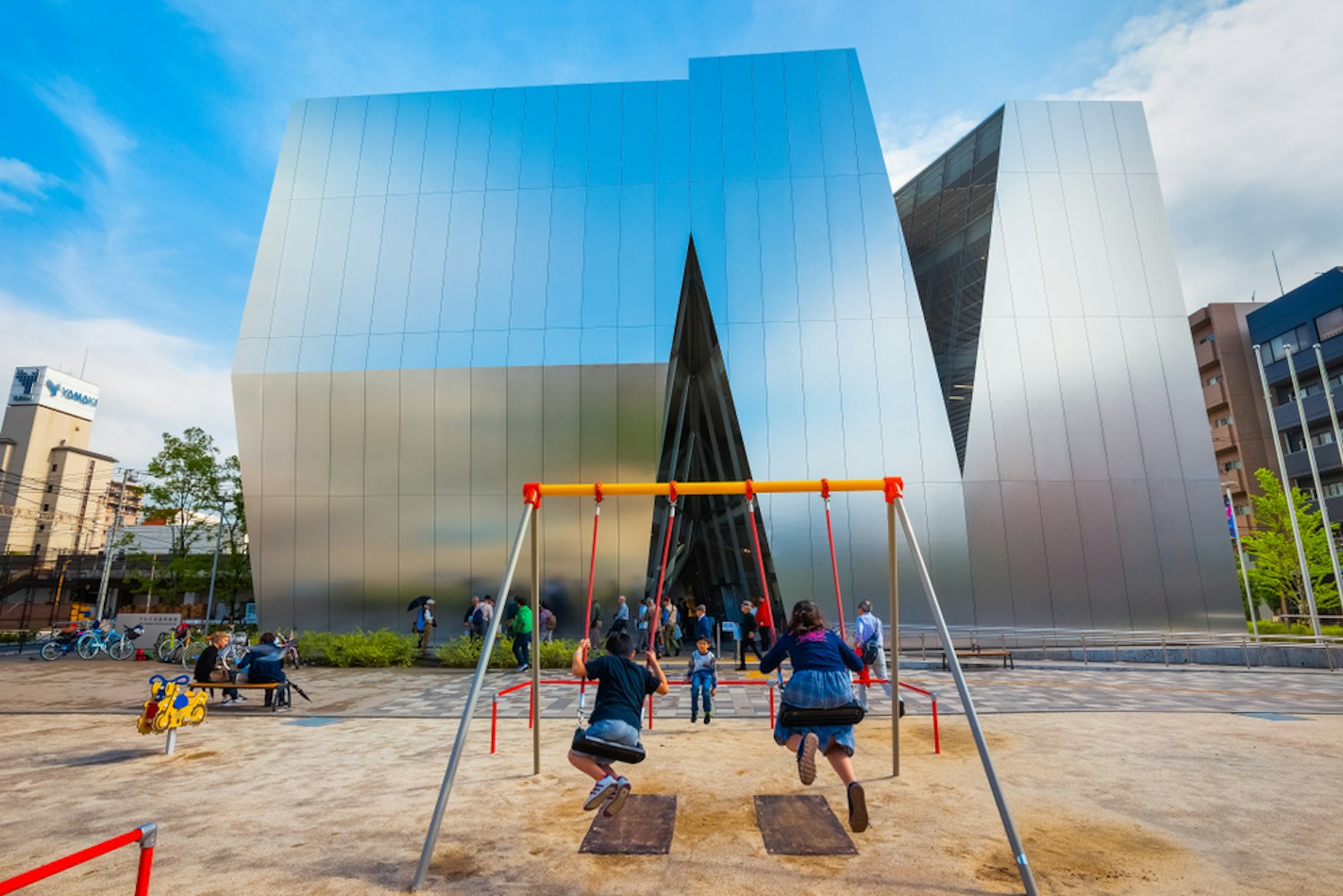
Dedicated to the works of Katsushika Hokusai, a master of ukiyo-e woodblock prints, this museum in Sumida ward showcases his famous works, including 'The Great Wave off Kanagawa.' The building's striking architecture makes it a landmark in itself.
The Sumida Hokusai Museum is an esteemed cultural institution in Tokyo's Ryogoku district. This museum showcases the works of Katsushika Hokusai, a master of ukiyo-e woodblock prints.
It stands a mere 5 to 10 minutes away by foot from Ryogoku Station. Visitors can access the museum conveniently via the JR Sobu Line.
Alternatively, the museum is also reachable through the Oedo Subway Line. Its location in Ryogoku is a central part of Tokyo's cultural landscape.
The museum's proximity to the station allows for easy access for both local and international visitors. This accessibility ensures that Hokusai's celebrated works are within reach of a broad audience.
Address: 2 Chome-7-2 Kamezawa, Sumida City, Tokyo 130-0014, Japan.
Yayoi Kusama Museum

Opened in 2017, this museum is dedicated to the works of Yayoi Kusama, one of Japan's most prominent contemporary artists. Known for her polka dots and infinity rooms, the museum comprehensively looks at her avant-garde creations.
The Yayoi Kusama Museum was established by the innovative artist Yayoi Kusama herself. It operates under the auspices of the Yayoi Kusama Foundation.
The museum exhibits many of Kusama's works, offering a comprehensive view of her artistic journey. Additionally, it displays various materials related to her art and career.
By doing so, it aims to contribute significantly to the broader art world. The museum is a testament to Kusama's enduring influence on the contemporary art scene.
Address: 107 Bentencho, Shinjuku City, Tokyo 162-0851, Japan.
Tips When Visiting Museums in Tokyo
Plan Ahead:
Many museums in Tokyo, like the Ghibli Museum, require tickets to be purchased in advance. Check online for ticketing details and book ahead to avoid disappointment.
Cultural Etiquette:
Remember to respect the cultural norms when visiting museums in Tokyo. For instance, photography might be restricted to specific exhibition spaces.
Accessibility:
Most museums in Tokyo are easily accessible by public transport. For example, the Tokyo National Museum is just a short walk from JR Ueno Station, making it convenient for visitors.
Explore Tokyo's Museums: A Journey into Japan's Cultural Soul
Tokyo's museums offer a window into the soul of Japan, whether through the ancient artifacts at the Tokyo National Museum or the contemporary masterpieces at the Mori Art Museum. Each museum in Tokyo is a unique cultural experience, rich in history and art.
Whether you are a history buff, an art aficionado, or a curious traveler, Tokyo's museums will surely enrich your understanding and appreciation of Japanese culture. Remember to take your time, enjoy the diverse exhibitions, and immerse yourself in the cultural splendor of Tokyo's finest museums.
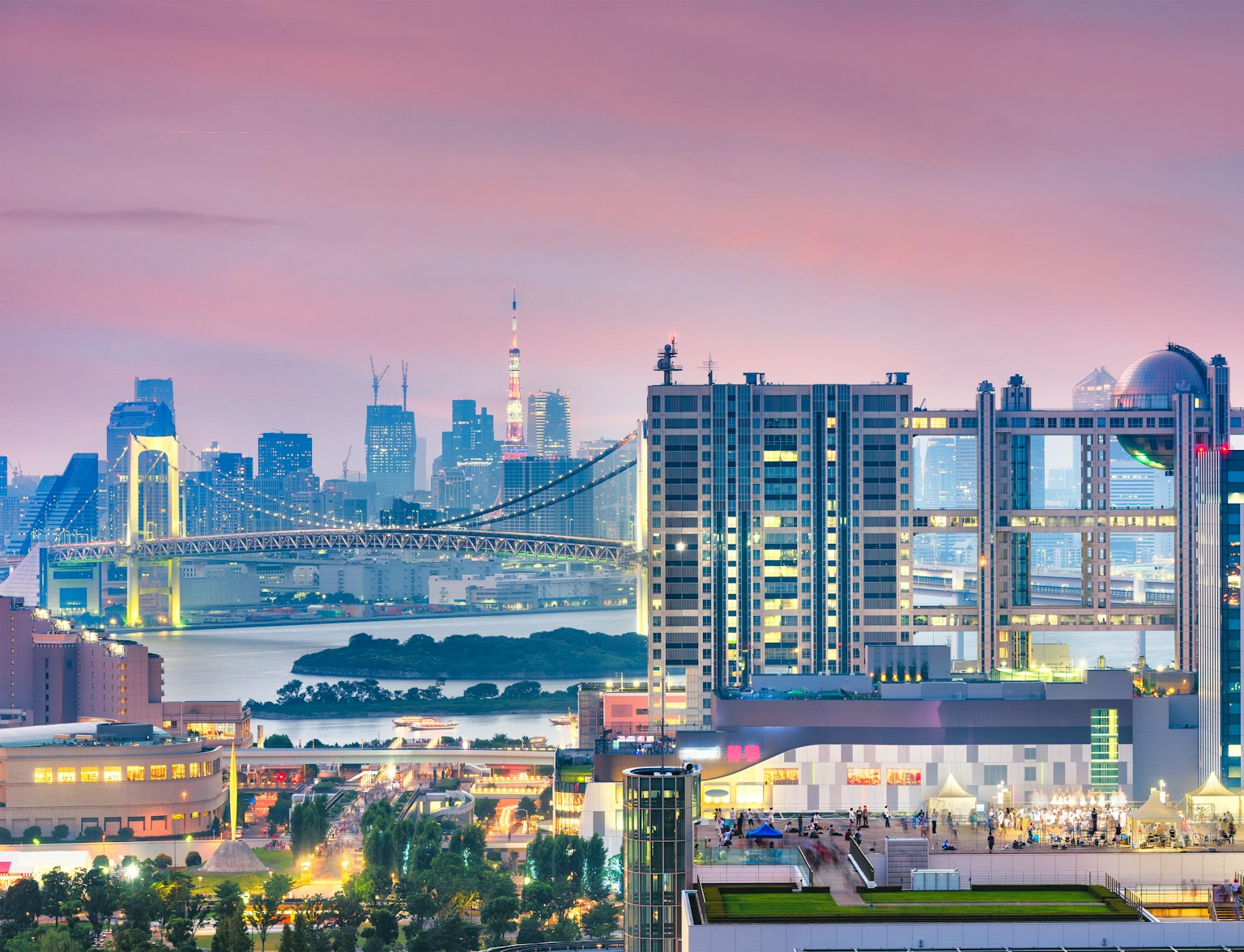
Immerse yourself in a day of discovery in Tokyo, where tradition and modernity intertwine in a vibrant tapestry of experiences.
FAQs
What is the largest museum in Tokyo?
The Tokyo National Museum, Japan's oldest and most expansive museum, safeguards a collection of over 120,000 art and archaeological pieces from Japan and various Asian regions.
What are some arts and cultural things about Tokyo?
Nevertheless, international visitors arriving in Tokyo with these modern perceptions may be pleasantly surprised by the city's rich tapestry of ancient shrines and temples. They'll discover a vibrant array of traditional arts and culture alongside these historical sites, such as noh and kabuki theater, rakugo storytelling, and various traditional crafts and festivals.
Which city in Japan is best for art?
Some visitors are keenly interested in traditional arts and crafts, while others are more drawn to Japan's contemporary art scene. The ideal starting points for enthusiasts of either form are undoubtedly Tokyo and Kyoto.
What are the primary cultures in Tokyo?
As Japan's cultural heart, Tokyo is a melting pot of diverse influences that have shaped its unique cultural identity. Rooted in the ancient Jomon ethnic culture, Tokyo's cultural landscape has been enriched over time through a fusion of various external influences.
Initially, it absorbed elements from Chinese and Korean cultures, followed by Greek and Indian. This rich tapestry was further woven with threads from European and American cultures, resulting in a distinctive and eclectic Japanese culture that Tokyo epitomizes today.
What is unique about the Tokyo National Museum?
The Tokyo National Museum stands unique as the sole global museum where visitors can explore an extensive array of Japanese art museums, encompassing all genres and periods, along with a comprehensive overview of the cultures of Asia and Egypt.



